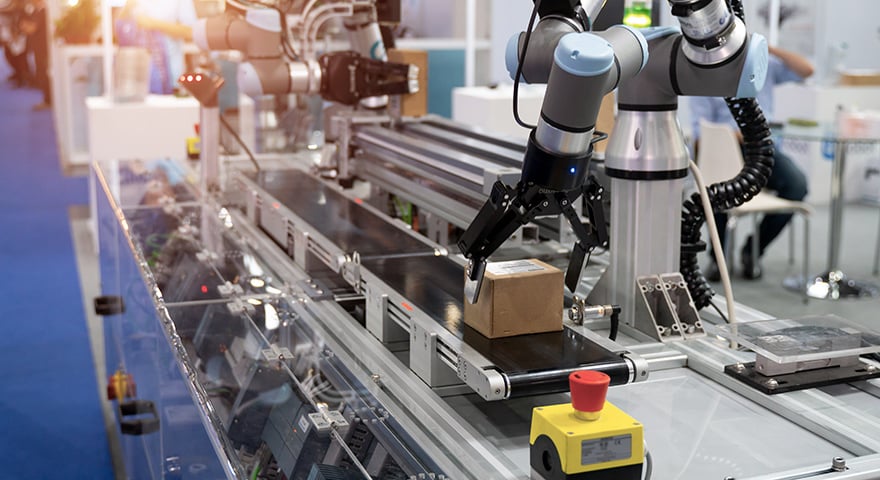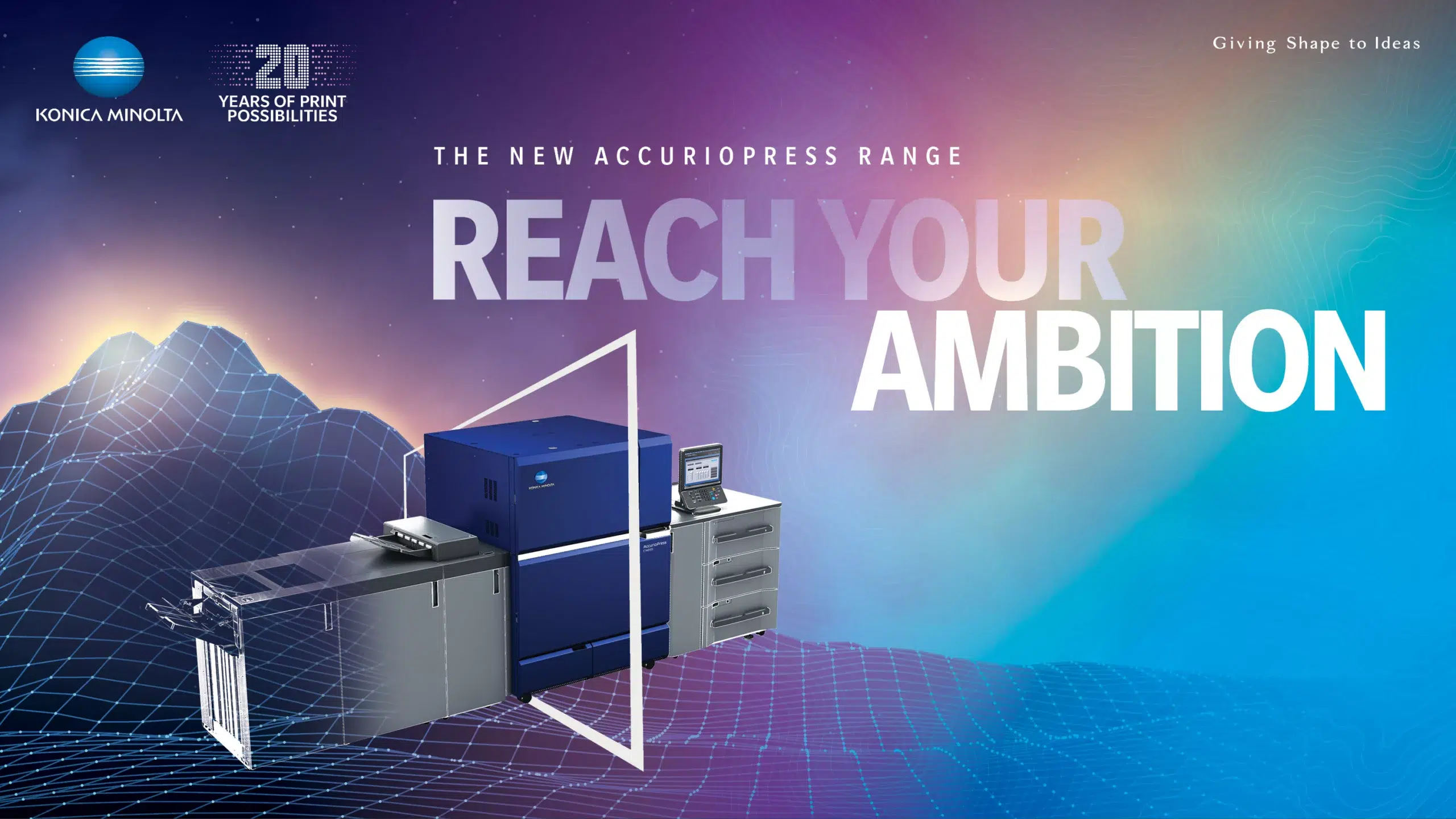The manufacturing industry has been profoundly affected by an extremely tight labour market, the push for more safety and reliability, and supply chain disruptions in recent years. To combat these challenges, manufacturers are looking to meet market demands by scaling up with the support of automation technology, including robotics.
Autonomous mobile robot (AMR) technology can disrupt and displace traditional modes of production and permanently change manufacturing by uncovering greater efficiencies. It’s a safe and cost-effective solution to optimise productivity in manufacturing operations that lets employees focus on higher-value activities.
At Konica Minolta, we have identified five benefits of using AMR technology in the warehouse:
1. Fewer mistakes and accidents
A manufacturing facility doesn’t come without risks, and the potential for injury is greater than in many other jobs. Workplace health and safety accidents can result in a loss of productivity, reduced employee morale, and even temporary or permanent closure of operations. AMR technology can solve this problem because robots make fewer mistakes than humans and aren’t at risk of sustaining an injury. Plus, it’s safer for employees who are less likely to cause an accident due to distraction, boredom, or fatigue.
2. Flexibility and scalability
It’s far easier to redeploy and shift factory layouts and processes with robots than traditional automation methods such as conveyor systems. For example, manufacturers can change their entire facility around and re-map the robot to navigate the changed environment without increasing costs. A robotic workforce can also be scaled up or down at a moment’s notice. When scaling with AMR technology, it’s important to work with an experienced robotics integrator to reduce risk and optimise results. By incorporating robotics, manufacturers can scale rapidly to meet demand and benefit from a faster return on investment (ROI).
3. Lower labour costs
The high cost of labour, a shrinking labour pool, and high employee turnover are challenges tempting manufacturers to adopt AMR technology. In November 2022, Australia’s unemployment rate dropped to a new record low of 3.5 per cent1 and isn’t looking to slow down anytime soon. While a low unemployment rate helps economic growth and reduces government borrowing, it also makes recruitment and retention more difficult for organisations, including manufacturers. The employees they do manage to hire are likely to stay for less than a year before moving on to another job to further their careers. Manufacturers can harness the power of AMR technology to fill more mundane jobs to compete in a global market, overcome the high cost of labour, and provide more opportunities for their workforce to move to higher-value job functions.
4. Increased productivity
Human sickness has also been highlighted in recent years as having a significant impact on productivity. When employees take time off to recover from illness, it can slow production and impact the bottom line. Comparatively, AMRs don’t get sick, don’t need holidays, and don’t get injured. In addition, AMRs reduce the potential of human fatigue, decreasing the risk of errors causing incidents and injuries and, as a result, extended time off to recover. Because they’re always operational, AMRs can deliver increased productivity with limited downtime and offer speed and accuracy that can’t be achieved with human labour alone. This helps manufacturers keep customers happy while remaining competitive and profitable.
5. Fostering employee retention
Contrary to popular belief, robots aren’t replacing humans and making them redundant. Instead, AMR technology lets employees move out of mundane positions, redeploying them into roles with more meaningful work that robots can’t do. By empowering employees with higher-value tasks, organisations create more desirable workplaces that offer more opportunities for career advancement. New roles may be elsewhere within the company or taking care of the robot itself. When robots take over repetitive, exhausting tasks, employees will report higher job satisfaction and businesses will experience improved employee retention.
The future belongs to technology
There’s no doubt that robotic automation plays a significant role in the future of manufacturing. AMRs help manufacturers reduce costs, enhance production, and remain competitive. In addition to improving productivity and efficiency, AMRs also add value by making workplaces safer by taking on laborious tasks that could jeopardise employee safety, creating a more fulfilling environment for the workforce.
Konica Minolta helps businesses automate internal transportation and logistics simply and cost-effectively with our range of autonomous mobile service robots. Our Mobile Industrial Robot (MiR) fleet is easy to implement and doesn’t need infrastructure to set up. It’s ideal for logistics organisations that want to scale up quickly and keep efficiency levels high to let employees focus on higher-value activities. When work is repetitive, mundane, and physically demanding, MiR robots can pick up the slack and become a central component of a fully automated production line.
Contact the Konica Minolta team today to learn more about how AMRs can improve efficiency and create a safer, more profitable workplace.
[1] https://www.abs.gov.au/media-centre/media-releases/unemployment-rate-remains-35




